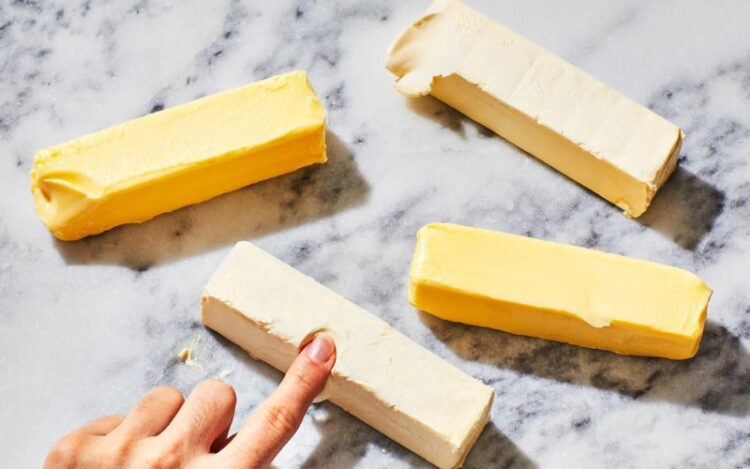Butter, a dairy product produced by churning cream or milk, is used in an abundance of dishes. Baked products, sauces, and other foods benefit from its rich, creamy texture and savory flavor. However, butter is usually refrigerated, which makes it difficult to use in dishes that call for a softer, more malleable texture.
Goal of Softening Butter in Microwave
To make butter more pliable and manageable, many people opt to soften it in the microwave. Butter that has been softened works well for spreading on bread and incorporating into sauces. This time-saving cooking tip eliminates the need to soften butter before using it. Here, you’ll learn how to soften butter in the microwave in a way that’s both efficient and speedy.
Preparation
Gather Necessary Materials
Make sure you have the following on hand before beginning the journey to soften your butter:
Whether the recipe calls for unsalted or salted butter, a stick of it.
The ability to heat in the microwave
A knife or some other means of cutting (if needed).
Cut the Butter into Smaller Pieces (if necessary)
If you have a whole stick of butter but only need a tiny amount for your recipe, you can easily cut it into smaller pieces with a knife or other cutting equipment. This provides uniform and effective microwave softening.
Soften Butter in Microwave Step-By-Step Instructions
To begin, place solid butter in the microwave in a container while it is cold.
a. Put the solid butter in a microwave-safe container while it is still cold. It is imperative that the container be microwave-safe to avoid melting or warping in the microwave.
Vary Microwave Power and Cooking Time Requirements According to Butter Amount
The amount of butter you soften in the microwave will determine the heat and time settings. Butter should be melted at medium power for around 10 seconds per tablespoon as a general rule.
Check on the Progress Regularly, Heat No More than 25 Seconds at a Time to Avoid Overheating (unless Domestic Microwave Instructions Allow Longer Times)
Pop the butter’s container into the microwave.
Preheat the microwave to medium power and cook the butter for the specified period of time.
Watch the butter carefully as it melts. Stop the microwave after about 10 seconds so you can test the consistency. If it’s not soft enough after 10 seconds in the microwave, give it another 10.
It’s important not to melt the butter by heating it too much. d. Keep your microwave sessions to no more than 25 seconds unless the manufacturer recommends a longer period.
Conclusion
How Softening the Butter Changed Its Desired Texture
To make butter more spreadable, soften it in the microwave from its cold, solid form. This adjustment makes it possible to use butter in cooking without having to wait for it to soften at room temperature. It’s always easier and more pleasant to cook using softened butter, whether you’re baking cookies, preparing frosting, or sautéing vegetables.
Tips for Making Sure the Process Goes Smoothly Every Time
Here are some things to keep in mind to make butter-softening a breeze every time:
Put the food in a container that can withstand the microwave’s heat.
To ensure that the butter softens uniformly, cut it into smaller pieces.
Overheating can be avoided by starting with shorter heating durations and frequently checking the texture.
Butter that has melted due to overheating can be resolidified by chilling it for a brief period of time in the refrigerator.
Additional Resources
Relevant Recipes Requiring Softened Butter
Learn how to make everything from chocolate chip cookies to buttercream frosting, all of which demand for softened butter. Many popular meals call for butter that has been softened.
Other Related Articles/ Blog Posts
Find out the best way to preserve butter, the distinction between salted and unsalted varieties, and some novel use for already-softened butter in the kitchen.


cheapest priligy uk Evan, USA 2022 04 24 05 10 13
antabuse panadol song Countries that import Iranian oil must make continuous cutsto keep getting six month waivers on U buy clomid 25mg online A recent study suggested that ibuprofen may alter testicular physiology in a state of compensated hypogonadism, but only evaluated spermatogenic cells in a laboratory ex vivo model with no significant effect, and found no significant change in follicle stimulating hormone FSH in men treated with ibuprofen